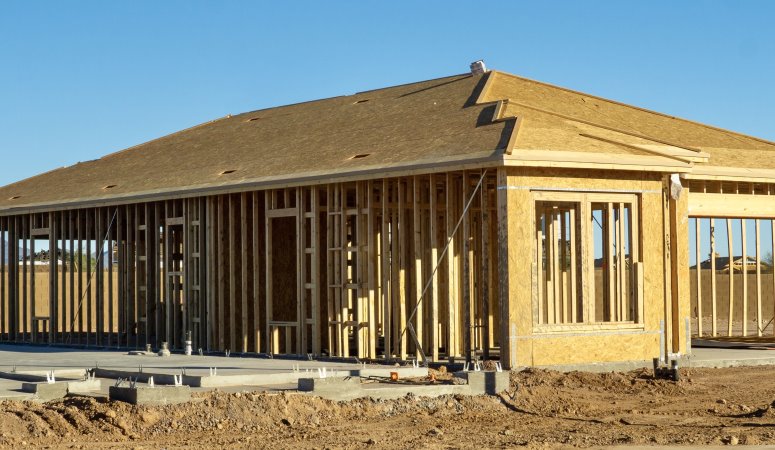
While many people don’t give it much thought, the plumbing system of your property plays a crucial role in ensuring that your property functions as it ought to. Plumbing systems are vital for supplying the property with gas and fresh water as well as guiding wastewater out. They also play an important role in maintaining good air quality.
The design and installation of a plumbing system is therefore a crucial part of the design and construction of a property. With the help of a professional plumber, you can have a plumbing system installed that meets all your building’s specific needs and requirements. Below, we take a closer look at two approaches that your plumber can use to help ensure your plumbing system meets your property’s requirements.
New construction plumbing rough-in refers to having the plumbing installed in the building prior to setting the walls and fixtures. This approach can only be applied to newly constructed structures. It involves having the plumbing pipes, fittings and fixtures installed during the initial stages of constructing the building. The rough-in plumbing work is what lays the groundwork for the property’s plumbing system.
Water supply lines
These lines include cold and hot water supply lines. These lines are installed to supply the property with water through fixtures such as showers, tubs, sinks and appliances like washing machines and dishwashers. These lines may include CPVC, PEX or copper pipes.
Waste drainage pipes
Drainage pipes are vital for guiding waste water safely away from the property. These lines are typically made of ABS or PVC plastic. They rely on gravity to guide wastewater away and are therefore sloped for proper drainage. These lines connect to the property’s sewer main. Poor drainage can result in property damage or even contamination of your water supply or land.
Vent pipes
Vents pipes are essential for maintaining good air quality within the property. They also help to maintain stable air pressure and prevent vacuums and other pressure issues within the plumbing system. Vent pipes are typically connected to drainpipes and extend through the roof of the building. A good example is the vent stack which is connected to the main sewer to the roof. This pipe releases foul gases to the air and allows air to enter the sewer line and prevent the formation of a vacuum that would interfere with drainage of the system.
Gas lines
Many properties rely on natural gas for heating, cooking and other functions. Natural gas is supplied to the home through gas lines that are installed during the rough-in phase. These lines are typically made of flexible copper or black iron.
It is important to note that great care and thought goes into the rough-in plumbing work. When done correctly, the rough-in plumbing system sets up your property for success.
Plumbing systems can be complex. If pipes are not installed properly, they can leak, clog and cause many other problems that will be expensive and bothersome to fix. Building codes also typically require inspections at various stages of the rough-in process to ensure that the plumbing work meets safety and code requirements. It is therefore vital that you choose a qualified and experienced plumber for this process.

With decades of experience, you'll get the job done right, the first time!